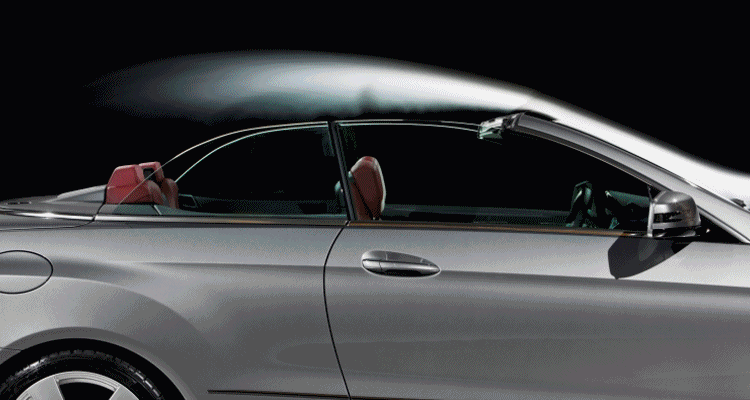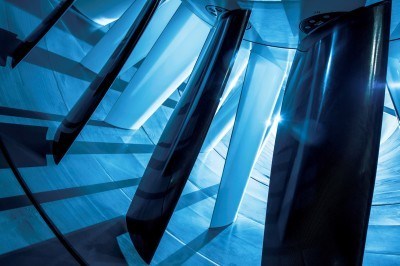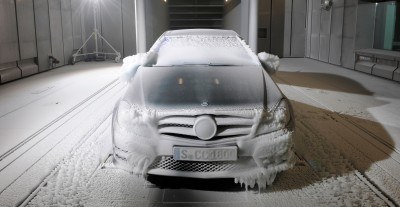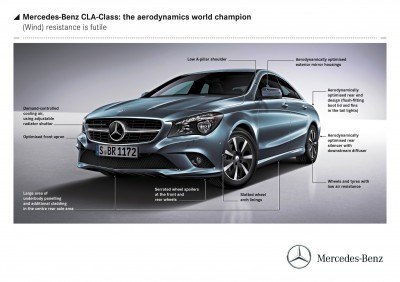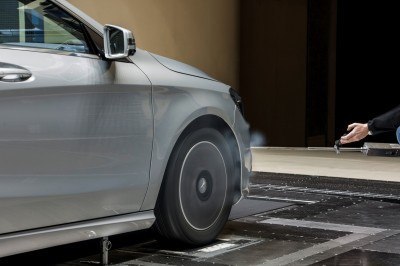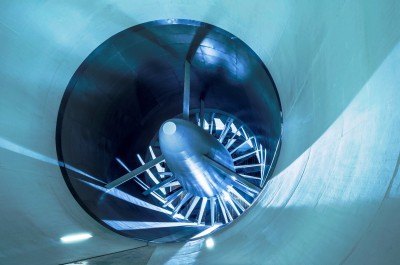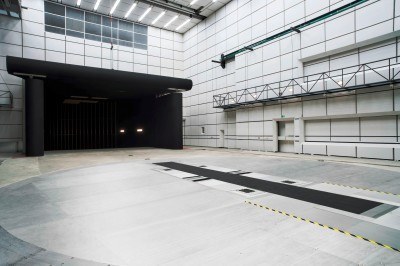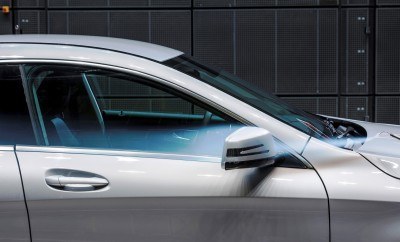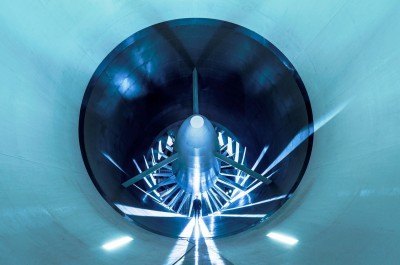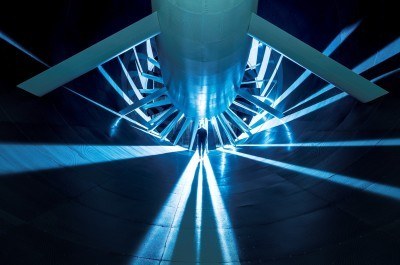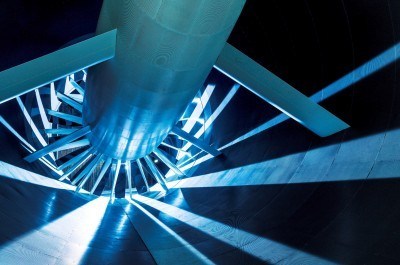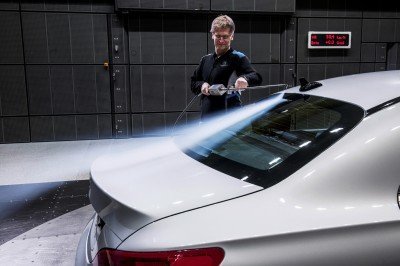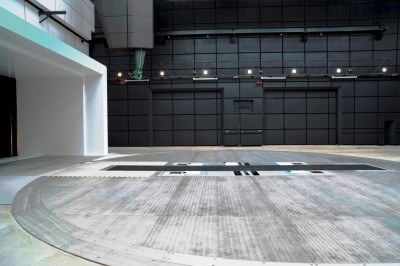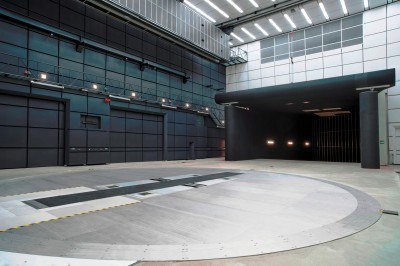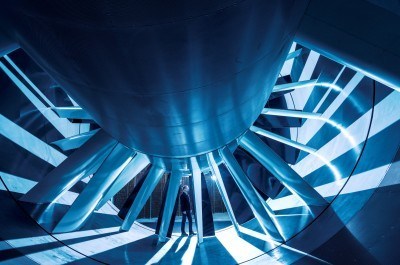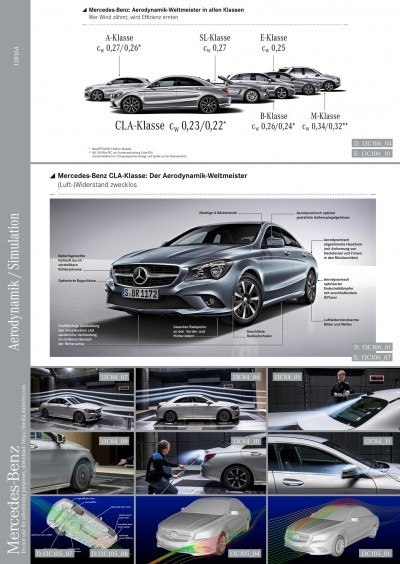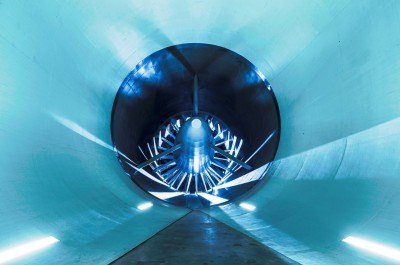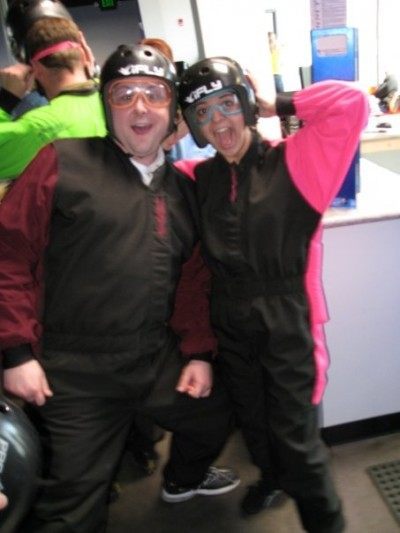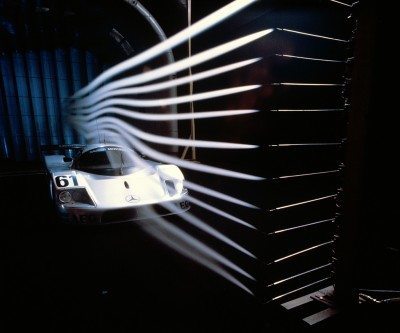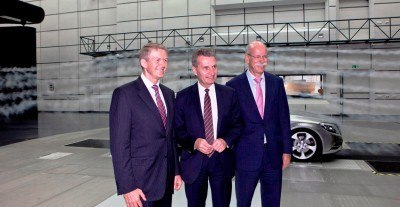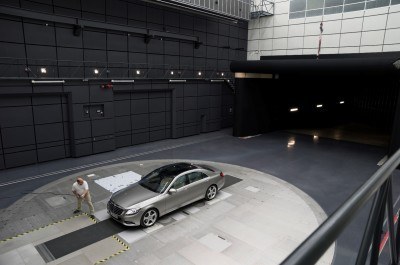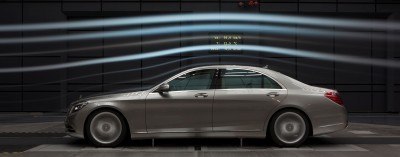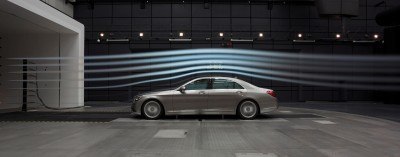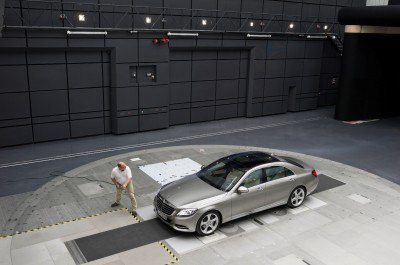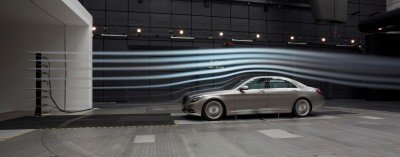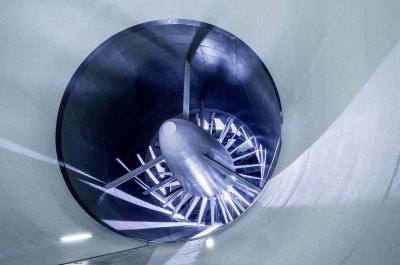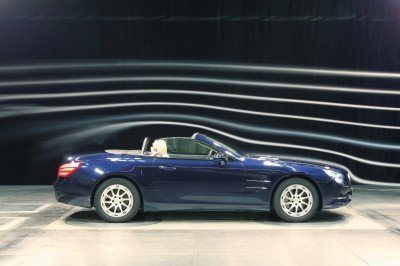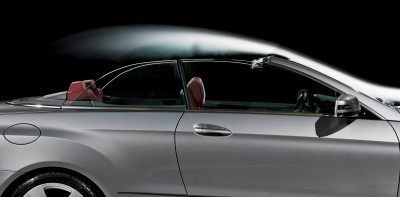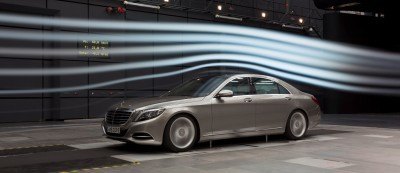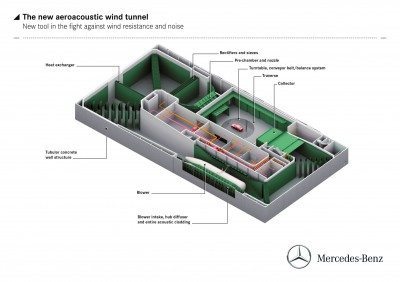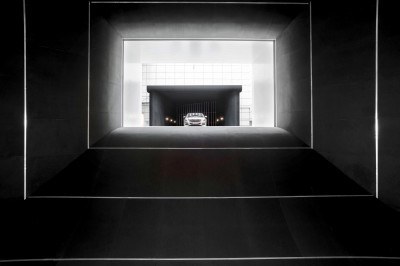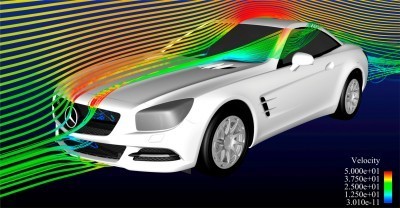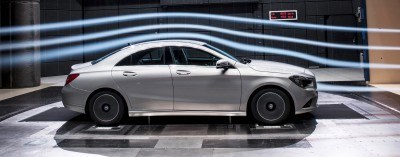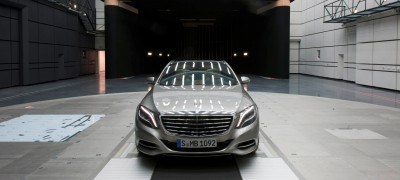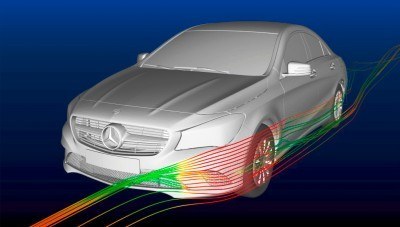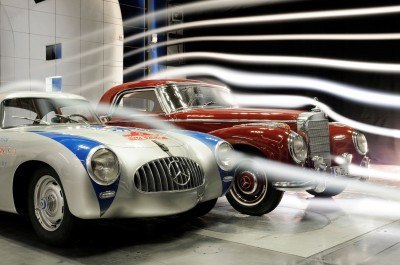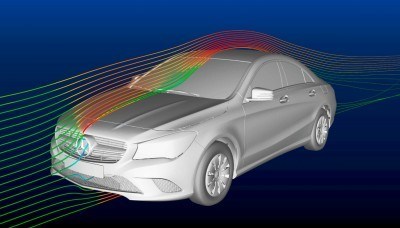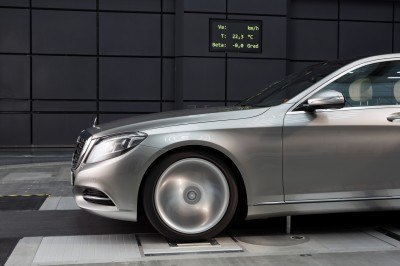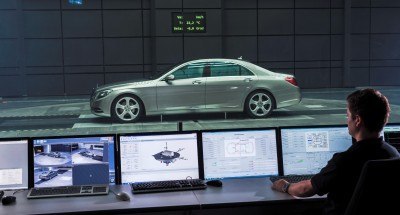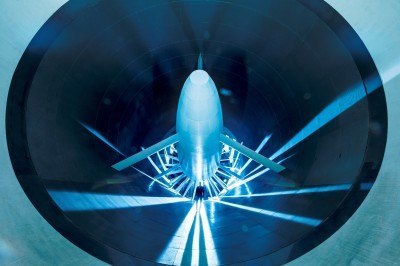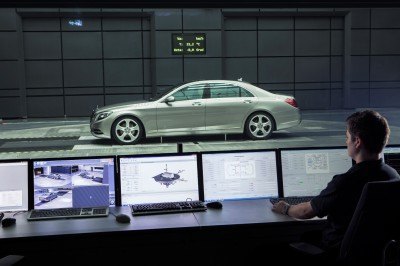Welcome to part one of the CarRevsDaily Wind Tunnel series.
What is the mystery X factor for anything moving at high speeds? Air. Always changing density, direction, humidity and speed: defeating wind is a real black art.
How do I know this? Indoor skydiving: seems easy – jump from platform into the chamber, whose floor is 60-feet below. Flex your body to control your lift and position. 
Sounds easy, is actually incredibly difficult and chaotic.
Wind tunnels are nothing new: they go back more than 100 years and are critical for nearly all aerospace research. But here is the thing: without the ability to precisely analyze huge volumes of data, and apply that knowledge: the learnings from air have been pretty limited in the auto business. Until about a decade ago, that is.
Computer processing and better algorithmic analysis lets the wind tunnels teach far more than ever thought possible. And this is not just for Prius wanna-be’s to try and hit 500 miles per gallon.
But before we dive in: have you ever started reading a scientific or engineering text, gotten a few paragraphs in, and realize: I have no idea what this means.
Without experience and expertise, the graphs become a mind-bending experience – like staring in vane at one of those fad Magic Eye posters from the 1990s.
This Best Wind Tunnels series of articles will not be like that. Hopefully we can learn together the most critical parts:
– Why wind tunnels are so important to almost every aspect of a car’s performance
– The types of testing done by major automakers in terms of climate affects on performance and safety, aero-acoustics for quietness, downforce/lift ratios, and how all this changes future car designs
– How does automotive chamber testing differ versus aerospace chambers, which come in vacuum, low speed, sub-sonic, trans-sonic and hypersonic varieties?
A bad wind tunnel is becoming a major threat to even the best-known racing legends. Evidence?
– Arguably best racing wind tunnel: Red Bull.
– Arguably worst wind tunnels (both Toyota/Cologne facility and Maranello): Ferrari
Who has not won a F1 championship since Red Bull flipped on the turbines in 2009?Anyone who is not Red Bull.
Racing is a fast-forward example of normal automaker priorities. Air flow affects dynamic performance dramatically, as well as comfort via noise, and even safety via “anti-soiling” to keep the windows as clean as possible without wipers.
So, Is there a direct link between wind tunnel insights and real-world car design applications? Yes! So far, crunching the numbers by Mercedes-Benz at Sindelfingen has led to these changes to the new S-Class:
-
Aerodynamically optimized front and rear apron with perfectly matched rear spoiler
-
All-new aerodynamically and aeroacoustically optimized exterior mirrors
-
Complete sealing of the front end with sealing of the headlamp section, improved sealing of the radiator section and air-flow guidance to make efficient use of the available cooling air
-
Use of a cooling air metering system (adjustable louvre)
-
Streamlined water drainage channels
-
Lowering the vehicle by up to 20 mm over 120 km/h
-
Spoiler lip in the rear lights
-
Aerodynamically optimized underbody with extensive engine compartment and underbody panelling up to a point below the tank, also further minimizing the penetration of road noise
-
Aerodynamically shaped multifunction recess cover
-
Special wheel spoilers at the front wheels
-
Aerodynamically optimized wheels and tyres
-
Large area of cladding on the rear axle
Guess what other Daimler vehicles would benefit from these innovations? Every single one. Especially the trucks.
Indeed, it seems “Air” is the next Space Race. Stay tuned for upcoming articles on the wind tunnel research facilities at:
Mercedes-Benz – Sindelfingen
– Langley NASA Aero Labs (ps check out the age of the cars parked in front of the hypersonic chamber buildings…)
– General Motors
– AAR Racing in California
– Red Bull Racing center in Bedford, England
– Nissan Togichi wind tunnel center
– NASA Ames Test Center
– BMW Wind Kanal
– Scuderia Ferrari in Maranello
– and more!
An overview of the key aerodynamic figures for the entire Mercedes-Benz passenger car range:
|
Model series
|
Cd figure
|
Frontal area
(A) sq m
|
Wind resistance
(Cd x A) sq m
|
|
A-Class
|
0.27
BEE: 0.26
|
2.20
BEE: 2.20
|
0.59
BEE: 0.57
|
|
B-Class
|
0.26
BEE: 0.24
|
2.42
BEE:2.42
|
0.63
0.58
|
|
CLA-Class
|
0.23
BEE: 0.22
|
2.21
BEE: 2.21
|
0.51
BEE: 0.49
|
|
C-Class1
|
0.26/0.26/0.29
|
2.16/2.11/2.18
|
0.56/0.56/0.64
|
|
GLK-Class
|
0.34
|
2.55
|
0.87
|
|
E-Class2
|
0.25/0.24/0.29/0.28
|
2.31/2.12/2.30/2.14
|
0.59/0.51/0.66/0.60
|
|
CLS-Class3
|
0.26/0.29
|
2.28/2.30
|
0.59/0.66
|
|
S-Class
|
0.24
S 300 BTH: 0.23
|
2.46
|
0.59/0.56
|
|
SLK-Class
|
0.30
|
1.98
|
0.59
|
|
SL-Class
|
0.27
|
2.12
|
0.58
|
|
M-Class
|
0.32
|
2.87
|
0.93
|
|
GL-Class
|
0.35
|
2.96
|
1.04
|
|
R-Class
|
0.31
|
2.80
|
0.87
|
|
G-Class
|
0.54
|
2.97
|
1.60
|
|
SLS AMG4
|
0.36/0.36
|
2.14/2.11
|
0.77/0.76
|
BEE = BlueEFFICIENCY Edition Model, 1 Saloon/Coupé/Estate,
2 Saloon/Coupé/Estate/Cabriolet, 3 Coupé/Shooting Brake, 4 Coupé/Roadster
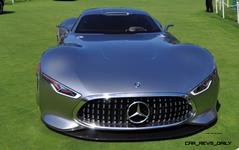
Tom Burkart is the founder and managing editor of Car-Revs-Daily.com, an innovative and rapidly-expanding automotive news magazine.
He holds a Journalism JBA degree from the University of Wisconsin – Madison. Tom currently resides in Charleston, South Carolina with his two amazing dogs, Drake and Tank.
Mr. Burkart is available for all questions and concerns by email Tom(at)car-revs-daily.com.

